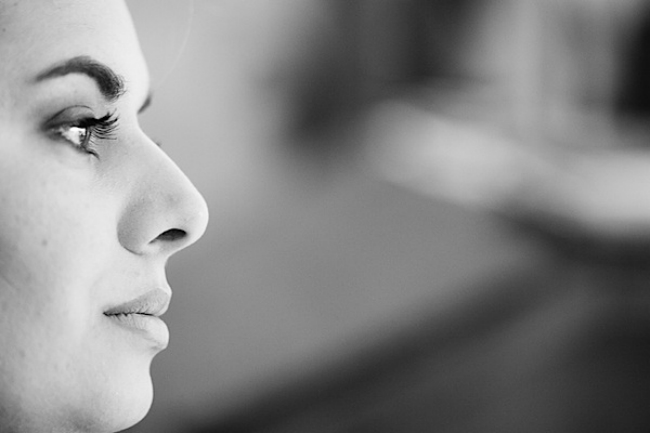SEO has entered a new era in 2026. AI tools are more powerful, users expect instant results and Google continues tightening its criteria for…
5 tips for taking better photos with your point-and-shoot

Digital has made photography a lot easier to master. Gone are the days of not knowing what you have photographed or whether you have gotten the exposure on the money, as know we can preview what has been done. Or so many think. As you sift through the photos of the weekend at the beach, you are still confronted by out of focus over exposed and blurry shots. All of these types of errors are completely avoidable. Here are a few simple tips and tricks for the average photographer to make your snap moments a better experience, and make you at least seem half like a pro:
1. Know your camera/equipment

This is the most important thing you can do. Read the manual and learn not just what your camera can do, but also what it cannot do. Almost 80% of all your mistakes will disappear if you just know your equipment. Do you take a lot of close-ups that are super blurry? Then your camera does not have good close-up, or macro, focusing ability and its best you avoid those types of photos. The manual will tell you that. The cameras of today have a plethora of functions that can make life easier for you, but if you don’t know about them what’s the point?
2. Composition

Many will tell you it’s not an easy thing to learn, but in reality it is not that difficult. By following one simple rule that “you don’t always have to have the subject in the middle of the image”, you will slowly start to realise what composition is. By achieving the correct or even different composition, you create a mood and message in your image. Play around, move the subject around in the frame and soon you will take photos that has less grass or sky but more of want you were trying to capture in the first place, only more interesting.
3. 1 2 3 Smile!!!

Don’t do that! Do not count down as you are going to take a photo of people or a group. Catch people by surprise. The moment you start a countdown you are creating the anticipation of a photo opportunity and your subjects will get a little more nervous. Plastic smiles will appear and as their cheeks and mouth edges start to pain from straining to hold those smiles, the photo is lost.
Don’t warn them you are going to take a photo. Your subjects also don’t always have to look into the camera lens. Just take the photo. And another. And another. People are all photogenic if you catch them in a natural unknowing state. And be a bit innovative. Not all group photos have to be like a military parade.
4. The sun does not always have to be behind you

Fifty years ago that was slightly important as earlier point-and-shoot cameras had very limited capability to take photos into the sun, but some of the most beautiful photos come from creating silhouettes with the sun facing you, or hidden behind your subject. This is not always easy to do as many cameras have very limited focusing ability into direct light of any source, but switch over to a manual focus setting if you can.
5. Turn off your flash

Yes a funny thing to say I know, but the biggest mistake that beginner photographers make is thinking that the little pencil size flashbulbs on their cameras are going to lighten up a rock concert at night. Take my word for it; it’s less than the proverbial fart in the wind as that little flash has a maximum effect only three meters far.
If you go back to point number one, then in your manual you would read how to switch your flash off. By doing this your modern digital camera will adjust its setting accordingly by lowering the shutter speed and pushing up the iso, and at most you will need to find a spot to set your camera down for a steady shot. Then get ready for a beautiful night scene shot that will have your family and friends gasping at your photographic skills.

